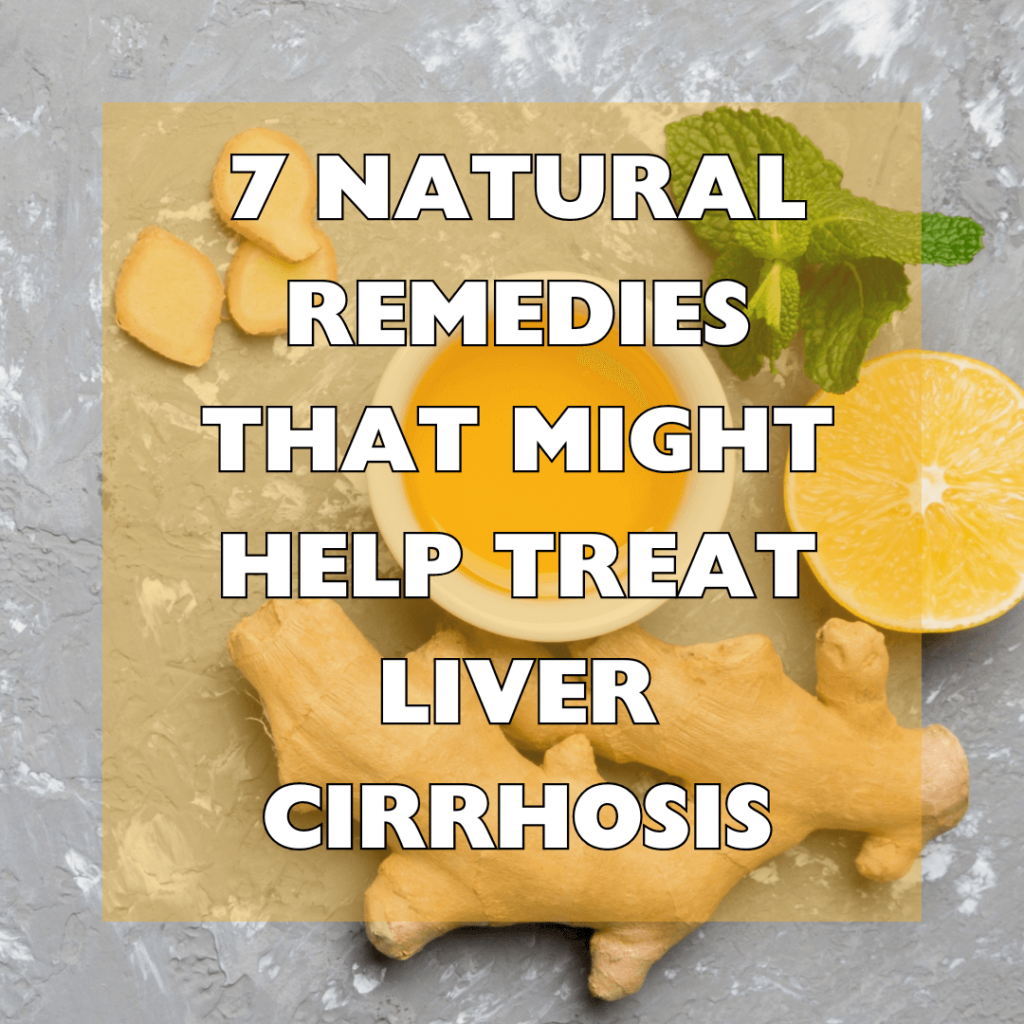
IVF costs can feel overwhelming. Luckily, there are ways to reduce your out-of-pocket costs.
You can also consider a shared risk program, which offers bulk pricing on the number of cycles needed to conceive and guarantees that you will walk away with a baby or your money back.
Insurance can cover some of the IVF process, and there are also grants and discount programs available to help pay for treatment.
Costs for Treatment
In a typical IVF cycle, you’ll undergo ovarian stimulation, which involves taking injectable medications that encourage the development of multiple eggs. Those eggs are then retrieved surgically, using anesthesia that is typically included in the IVF base fee.
Depending on your fertility goals, you may also need to use donated eggs or sperm, which can significantly increase costs. And if you choose to use a gestational carrier or surrogate, that’s going to add to the total cost as well.
Ultimately, the best way to get an accurate cost estimate is to consult with your fertility clinic. They can provide you with a fee chart for the services you’ll need and offer options like financing and clinical trials that allow you to pay less than full price. Also, make sure you talk to your insurance company to find out what the policy covers (does it cover only certain procedures or medications? Is there a dollar amount, a number of cycles or a lifetime limit on coverage?) before beginning treatments.
Costs for Testing
When you first visit your fertility specialist, he or she will order a series of tests, including blood work, ultrasounds and semen analysis. This can cost anywhere from \$250 to \$500.
Next comes the egg retrieval, a brief and minimally invasive procedure during which mature eggs are surgically removed from your ovaries. Depending on the number of eggs harvested, this can add between \$9,000 and \$14,000 to your overall IVF treatment costs.
In addition to the base fee, some patients choose to undergo preimplantation genetic testing (PGT), a process that allows doctors to select embryos with the highest chance of a healthy pregnancy. PGT can increase cycle success rates by reducing miscarriages and needless embryo transfers, but it also adds to the total IVF cost.
Some fertility clinics offer discounts on multiple cycles or bundled rates for PGT, medications and frozen embryo transfer. Check with your insurance provider to see what coverage they provide and discuss financing options with your treatment center.
Costs for Medications
IVF involves taking medications to stimulate follicles and encourage egg development, but not all clinics charge the same amount for these prescriptions. Some facilities offer package prices for each cycle, while others may charge more for optional services.
Some patients require specialized treatments, such as intracytoplasmic sperm injection (ICSI), which helps bypass problems like low sperm mobility by manually placing a single sperm directly into the egg. This can add up to a hefty additional cost of \$1,500 to \$3,000.
Additionally, some patients need PGS or PGD testing to ensure that the embryos transferred are chromosomally normal. While some insurance companies do cover the cost of PGD, these tests are not usually included in the base IVF fee. Some treatment centers offer bundled rates and low-cost loan options through partner financing companies to help make IVF more affordable.
Costs for Embryo Transfer
Embryo transfer is the final step in IVF and can add to the overall cost of your fertility treatments. This involves transferring a single embryo from the lab into your uterus. Embryos are generally transferred at the cleavage- or blastocyst stage of development. Some patients choose to have their embryos genetically screened prior to the transfer (known as preimplantation genetic testing, or PGT-A).
Medications are an important component of IVF and can contribute significantly to its cost. There are several different options for reducing these costs, including finding a clinic that offers package deals with specialty pharmacies or that accepts donated medications.
Understanding the various components of IVF costs can help you make informed decisions about your treatment plan. It’s also helpful to consider financing options, which include loans facilitated between a lender and clinic or private foundations and charities that offer assistance to those who qualify. You can also explore low-dose IVF, which is often less expensive than traditional IVF cycles.





